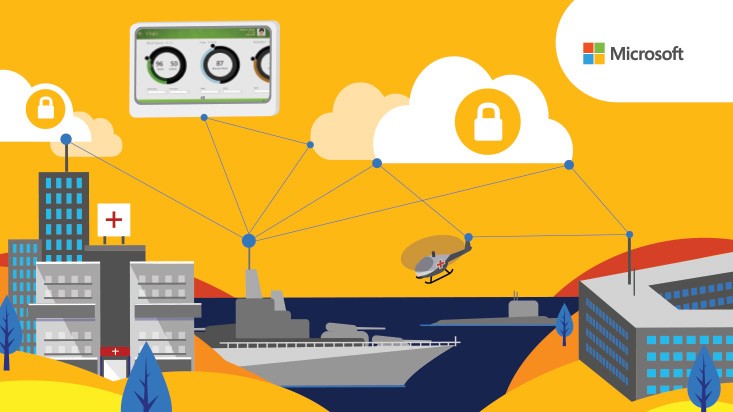Improving health care for military families with an open EHR

Health organizations all over the world share the challenge of connecting disparate systems across departments and organizations. The U.S. Department of Defense (DoD) is no exception. The DoD is looking to replace and modernize the Military Health System clinical systems. One of the objectives is to make it easier for the various health organizations providing care to its nearly 10 million beneficiaries to share information and work together.
That means enabling interoperability between systems that range from army hospitals to naval vessels to battlefield clinics. In addition, approximately 70 percent of DoD beneficiaries receive care through their network of managed care support contractors such as Humana and United Health. The DoD’s goal is to share patient records easily and efficiently with those private health provider contractors as well.
Addressing the DoD’s need for interoperability will require an open and flexible platform. With a service-oriented architecture the DoD could easily connect workflows across the care continuum. It will need to be able to fuse application components from multiple systems into one easy-to-use interface and streamlined workflow.
For example, that means patient records from VistA-a EMR system that the US Department of Veteran Affairs (VA) is using-could be brought into other EHR systems. Health professionals at the DoD and other health providers involved in a VA patient’s care could easily access that information through the same application to see the full patient record.
Plus, clinicians could combine data from across the care continuum to perform additional medication reconciliations to help prevent adverse drug interactions and continue to improve patient safety. Bringing data together across systems can also enable health professionals to see the results of tests performed by other care providers, so they have access to the latest information, and can also avoid duplicate tests and procedures. These are just a few of the ways open, interoperable EHR solutions can support better, more efficient care for military members and their families.
The DoD should no longer need to rely on traditional approaches that involve closed systems supported by legacy system developers. The DoD needs the freedom to take advantage of every new advance in technology to provide the best health care possible. Military members and their families deserve nothing less.
To learn more about Allscripts, visit our website, or stop by our booth at Healthcare Information and Management Systems Society Annual Conference & Exhibition (HIMSS15) in Chicago, Illinois, April 12–16, booth 3521. Let us know if you have any questions or feedback via email, Facebook, or Twitter.




